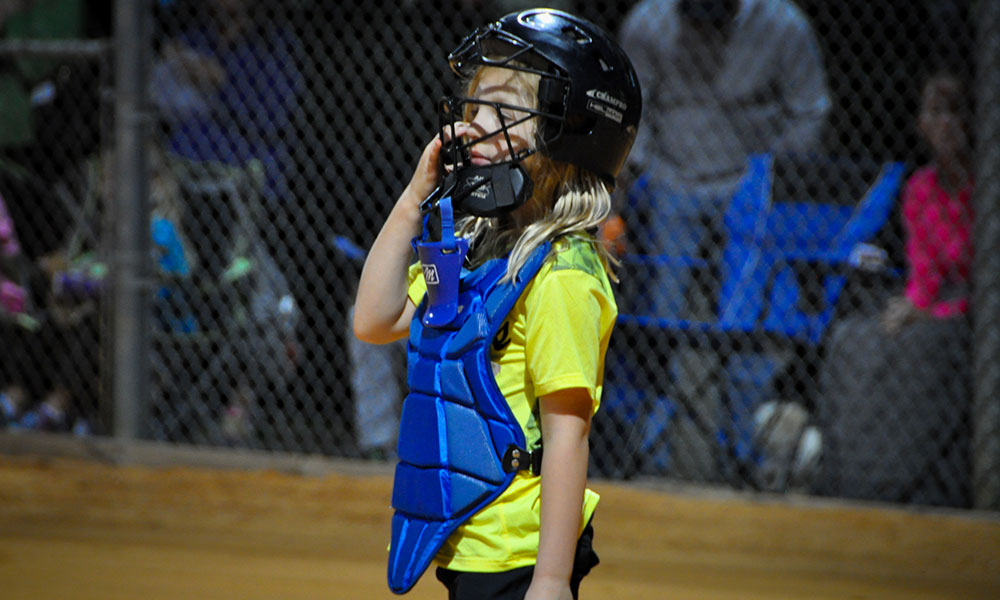Drop Third Strike Rule in 10U Softball

This past weekend I had the opportunity to watch some games at the 10U and 12U level in Minnesota. It has been a long time since I was a 10U player and there have been many rule adjustments since then. The biggest change I noticed was that of drop third strikes. When I was a 10U pitcher 15 years ago, the runner could not run to first base on a drop third strike. This past weekend the starting 10U pitcher threw a beauty for the third strike and when the batter swung, the catcher lost sight of the ball and it tipped off her glove. The batter who missed and essentially struck out began running to first and reached safely by the time the catcher was able to retrieve the ball from the long backstop. You can imagine how the rest of the inning went.
I do not agree with having drop third strikes at the 10U level. The first half inning of the game I witnessed this past weekend took at least 25-30 minutes to complete with the pitcher tallying 5 strikeouts. These games were also on a timed schedule and the first half inning basically took up half the game because of drop third strikes and continuous base runners.
Pitching and catching are very challenging positions in softball at the younger age groups. A pitcher’s main job is to throw strikes and limit the balls thrown. Catchers, on the other hand, have a few more things to worry about. Catchers at the 10U level are tested more than any in the older age groups because the pitching isn’t as consistent. It’s hard enough for a 10U catcher to see a strike come in, position themselves, and frame the pitch their pitcher produces. Add a swinging bat that practically blinds the catcher for a split second and you can definitely expect some balls to be missed. There is a reason why I chose to be a pitcher, I tried catching when I was younger and I did not like the bat being swung that close to my face.
Drop third strikes should not be allowed in 10U softball. Innings are going to be continuously drawn out which limits playing time for both teams. Even though five runs per inning applies to the 10U game, it sometimes takes 30 minutes for those runs to cross the plate which in some instances could be half of the game if it’s 60 minutes long. The rule should go back to what it was over a decade ago when I was a player. The rule, being that if a pitcher struck you out, you’re out. It helped to speed up the game and didn’t put as much pressure on the catcher. The last thing you need is a catcher getting frustrated or feeling sorry for herself for not being able to finish the strike out. This is a more advanced skill and should be implemented at the 12U level when catchers are a little older and more experienced behind the plate.







